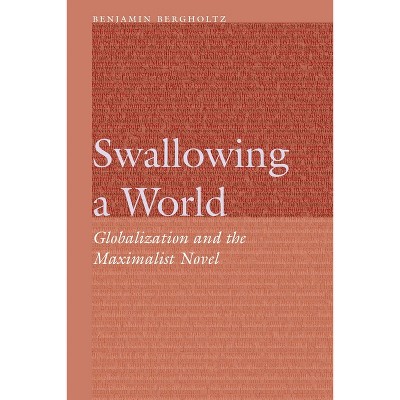Sponsored

Benjamin, Deleuze and the Baroque - by Noa Levin (Hardcover)
In Stock
Sponsored
About this item
Highlights
- For Walter Benjamin and Gilles Deleuze, who both authored seminal theoretical works on early cinema and photography, the history of modern media begins much earlier, in Baroque culture and science.
- About the Author: Noa Levin is a Postdoctoral Researcher at the Academy of Architecture Mendrisio, Università della Svizzera italiana, Switzerland and an Associated Researcher at the Centre Marc Bloch, Berlin, Germany.
- 240 Pages
- Philosophy, Social
Description
Book Synopsis
For Walter Benjamin and Gilles Deleuze, who both authored seminal theoretical works on early cinema and photography, the history of modern media begins much earlier, in Baroque culture and science. Benjamin, Deleuze, and the Baroque argues that their media theories were informed by their respective readings of the philosophy and mathematics of G.W. Leibniz, and how the Baroque can thus be seen as the locus of modern media.By critically comparing Benjamin and Deleuze's interpretations of the Baroque, Levin demonstrates the extent to which their theories of visual culture are intertwined with critiques of enlightenment historiography and politics. By using a hermeneutic comparative approach, the book argues that the juxtaposition of Benjamin's reception of Leibniz with Deleuze's makes manifest the extent to which both authors' theories of image and media were informed by Leibniz's concepts of expression and perspectivism, itself inspired by ground-breaking evolutions in optics and perspective taking place during his time. Providing close critical analyses of Deluze and Benjamin's works on cinema, which remain understudied in the English language, it explores how, in their dual roles of philosopher and cultural critic, the pair may illuminate our own age of multiple crises through the Baroque.
Review Quotes
"Noa Levin's superb study of Benjamin and Deleuze's engagement with Leibniz paints a compelling picture of the enduring significance of the Baroque for modern media theory. By rigorously triangulating these thinker's positions, Levin not only unsettles some persistent preconceptions concerning Leibniz's account of our world as the best of all possible worlds; she also impressively manages to bring out the contemporary resonance of early modern thought - and its 20th-century reception - for understanding time, history, and politics in the image-scape of the 21st century." --Sebastian Truskolaski, Lecturer (Assistant Professor) in German Cultural Studies, University of Manchester, UK.
"While the Baroque is known for many things, clarity is not among them. And yet, like 'a certain glass or mirror' placed upon an anamorphic image, Noa Levin's study provides a lucid and compelling viewpoint precisely on account of the complexity and nuance of its subject matter." --Tim Flanagan, Lecturer in Humanities, Murdoch University, Australia "This is a fascinating study of the convergences between Benjamin and Deleuze's unorthodox interpretations of Leibniz. It finds that Leibniz anticipates a cinematic experience, and that his concepts of "expression," "perspectivism," and the "monad," as a "living mirror of the universe," are key to understanding Benjamin and Deleuze's media theories." --Paula Schwebel, Associate Professor of Philosophy, Toronto Metropolitan University, CanadaAbout the Author
Noa Levin is a Postdoctoral Researcher at the Academy of Architecture Mendrisio, Università della Svizzera italiana, Switzerland and an Associated Researcher at the Centre Marc Bloch, Berlin, Germany. She specialises in visual cultures, philosophy of technology and philosophy of ecology.Shipping details
Return details
Trending Philosophy


Discover more options



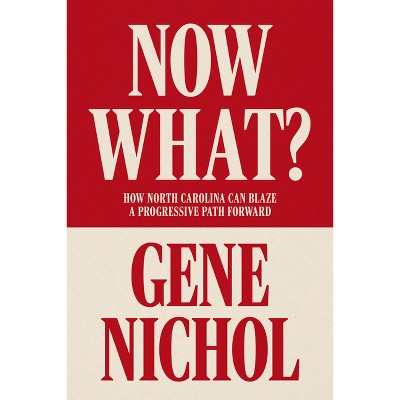
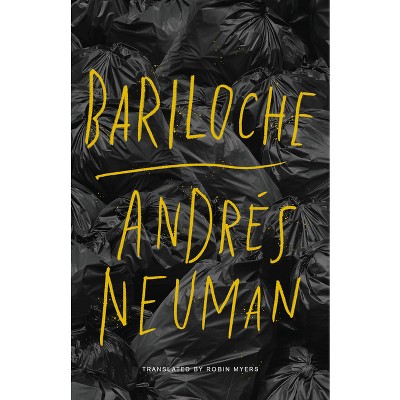

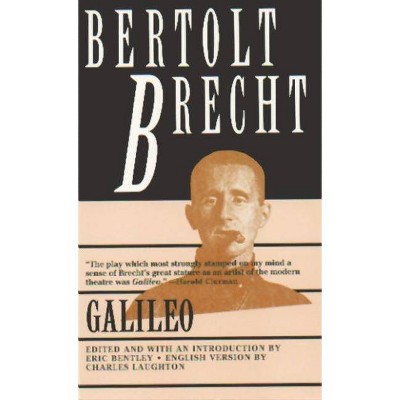
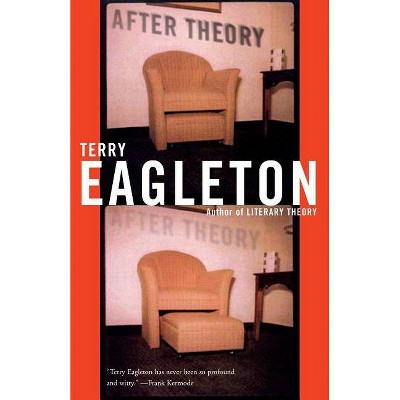

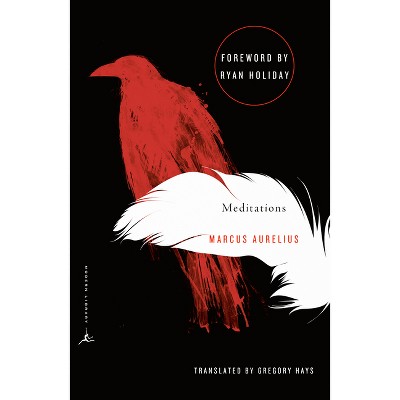
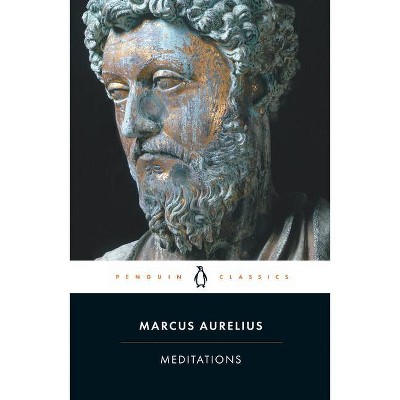
![Zen and the Art of Motorcycle Maintenance [50th Anniversary Edition] - by Robert M Pirsig (Paperback)](https://target.scene7.com/is/image/Target/GUEST_a091177a-e446-4862-8fd2-fbddb3522083)

